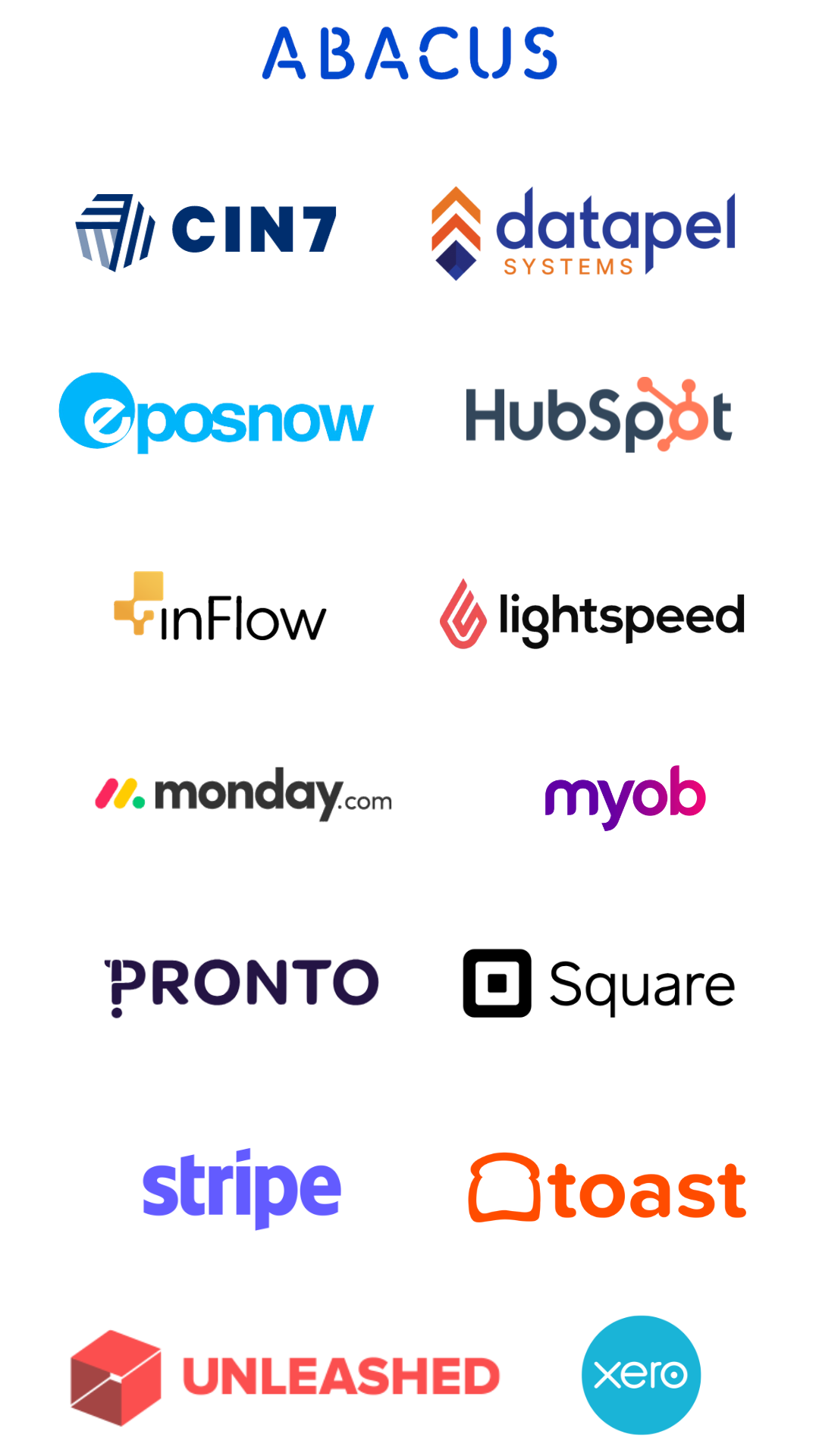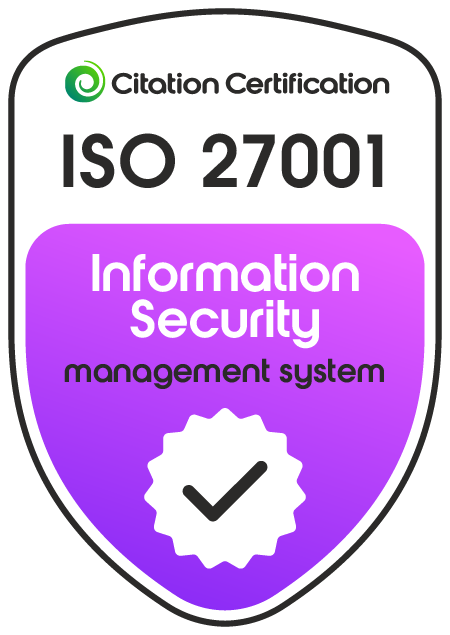By Chris Kendall
•
August 27, 2025
Understanding profitability across all locations is crucial for franchise success. Profitability analysis for franchise groups and multi-site businesses means breaking down financial performance by each location, product line, or business unit to see which parts of the operation drive profit and which are underperforming. This insight is vital, as not all locations will perform equally. Even within the same franchise brand, each outlet has different levers that drive growth and profitability. This isn’t just an exercise in retrospective reporting, it is an essential foundation for: Identifying Profit Drivers , revealing the areas of your business that contribute significantly to your bottom line. Cost Control , highlighting where costs are too high, and where expenses need to be reduced or optimised. Evaluating Operational Efficiency and how to replicate that across other locations and product lines for greater group success. Making Data-Driven Decisions to guide medium-to-long-term strategic planning and avoid costly missteps. Profitability analysis provides franchise owners and managers with a clear financial roadmap. It is indispensable for understanding which areas of a multi-location business are thriving and which need greater attention. How to Conduct Profitability Analysis for Multi-Location Businesses Conducting a profitability analysis in a multi-location context involves gathering consistent data from all locations, analysing each unit’s performance, and then looking at the consolidated picture. Here are key steps and best practices: Centralise and Standardise Financial Data: Aggregating financial data from all franchise units and consolidating it in a central system or database guarantees you’re working from a single source of truth, and ensures you aren’t piecing together siloed spreadsheets for each store. Implementing a cloud-based accounting platform or data warehouse can make it easier to access every location’s P&L in one place. Equally important is creating a standardised chart of accounts used by every franchise location. When all locations categorise revenue and expenses the same way, it becomes much easier to compare performance side by side. Consistent data is the foundation of effective multi-unit analysis. Monitor Key Metrics for Each Location: Next, establish and track key performance indicators (KPIs) at the unit level. Common financial KPIs for franchises include operating profit margin, gross profit, net profit, labour cost percentage, average ticket size, and customer acquisition cost. Accounting best practice in franchises is to provide individual managers with reporting on a daily, or at the very least, weekly basis. This empowers on-site leaders to adjust key cost drivers in real time to better support profitability. Track Expenses and Cash Flow by Location: Granular expense tracking is key to understanding profitability in your multi-site business. Ensure each location’s expenses are recorded accurately and attributed to the correct unit. This allows for true profit and loss statements per location – one location with cash flow problems could be masked by others if you only look at consolidated numbers. Compare and Benchmark Performance: Once data is standardised and KPIs tracked, it’s time to compare performance across your locations to identify who the top and bottom performers are. This not only highlights lagging business units, but can also deliver valuable business intelligence from those that are exceeding target or industry averages. Consolidate for the Big Picture: After evaluating each location, aggregate the data to produce consolidated financial statements for the entire business. This gives an overall view of the company’s health and whether portfolio cash flows can offset site-level volatility, to then inform targeted support for underperforming locations. Both granular and big-picture views are necessary. With consolidated reports, you can confidently communicate the franchise group’s performance to stakeholders and plan for expansion or investments with the full financial picture in mind. Conducting a thorough profitability analysis is essential to gaining clear insight into the operational health of your multi-site or franchise business , and will ultimately determine its long-term success. Implementing Effective Profitability Analysis Performing profitability analysis is not just about looking at the bottom line; it involves using the right techniques and metrics to gain deeper insights. Here are some effective techniques and tools that franchisors and franchisees can leverage: Unit Economics and Segment Reporting: Unit economics means understanding the profitability of each individual location and how it impacts the performance of the group. By treating each store as a mini-business and ensuring its income and expenses are sustainable on their own, you can determine which outlets are commercially viable versus those that need additional support or restructuring. Profitability Ratios and Margin Analysis: A suite of financial ratios can shine light on different facets of profitability. Gross Profit Margin shows the percentage of revenue left after cost of goods sold (useful for seeing how well each location controls direct costs) Net Profit Margin - the percentage of revenue that ends up as profit after all expenses and taxes (the bottom-line efficiency of the unit) Operating Profit Margin focuses on core operating efficiency before interest and taxes. Higher margins generally indicate better performance, so comparing these by location is instructive. Beyond margins, return ratios are also extremely valuable: Return on Assets (ROA) measures how effectively a franchise unit uses its assets to generate profit. Return on Investment (ROI) can be calculated for each location to evaluate the profitability of the capital invested in that store. Break-Even and Scenario Analysis: Most businesses and franchise groups will have a grounded understanding of their break-even point and some insight into the key levers of their business. However, a surprising number still don’t have a detailed scenario or contingency analysis that models the impacts of micro and macro changes to individual sites or the broader business. Modeling these scenarios helps in strategic planning, while sophisticated franchises employ forecasting and what-if modeling to anticipate how changes will affect profitability. Model scenarios for new-site openings, cost structure changes or campaign rollouts, and use the results to set thresholds for go/no-go decisions. Activity-Based Costing (ABC): For multi-location businesses, allocating shared overhead costs fairly and understanding true cost drivers is challenging but important. Use ABC to push shared costs to the activities that actually utilise them. Then roll those activity costs to products or services, so each site’s P&L reflects its real overhead footprint. This provides a more accurate picture of each location’s profitability after accounting for indirect costs. ABC can also be applied within a unit to see which products or services consume the most resources. By pinpointing expensive activities, franchise owners can target efficiency improvements. Benchmarking and Comparative Dashboards: Internal benchmarking between locations is a powerful practice, with many franchisors often utlising business intelligence dashboards to visualise performance across all units in real time. Comparing key metrics like revenue growth, COGS, or labour cost across stores. Regular performance reviews using these comparisons, monthly or quarterly, will ensure you stay on top of trends and can address issues promptly. Continuous Monitoring and KPI Reviews: Effective profitability analysis isn’t a one-time project but an ongoing discipline. Set up a cadence for reviewing financial KPIs at all levels. Franchise managers might review daily sales and margin dashboards, while the finance team does a deep dive monthly. Many franchise systems establish a culture of continuous improvement by sharing scorecards or rankings. Much like a regular health check-up for your business, this proactive approach catches problems early and allows for course correction before performance suffers significantly. These techniques offer franchise businesses a 360-degree view of their financial performance. The combination of quantitative tools and qualitative insight equips decision-makers with the clarity needed to optimise each unit’s performance and ensure the franchise ecosystem is running at peak financial health. Harnessing Profitability Analysis for Business Growth Profitability analysis isn’t just an academic exercise. Its true value lies in driving smarter strategies for business growth. Leveraging these gathered insights can unlock new opportunities and ensure sustainable expansion. Here’s how you can harness profitability analysis to fuel growth: · Focus Expansion on Winning Formats and Markets: By understanding which franchise units are most profitable, you can make informed decisions about where to expand next. For example, if analysis shows your suburban locations have higher margins than CBD or inner-city locations, you might choose to open in similar suburban areas. Or perhaps one line of services or products significantly outperforms others – you could emphasise that offering in new outlets. Profitability analysis helps you identify growth opportunities by revealing what’s working best. Franchise executives can allocate more marketing and investment to high-performing products or regions to maximise returns. Conversely, if certain locations or offerings are consistently lagging, you might pause expanding those until issues are fixed. In short, let the data guide your growth strategy: grow with the winners, fix (or trim) the losers. This targeted approach increases the likelihood that new franchise units will be successful out of the gate. · Replicate Best Practices and Address Weaknesses: A multi-location profitability review often uncovers why certain units excel – perhaps they have an excellent manager, a superb location, or a more efficient cost structure. Use these findings as a playbook for growth. For instance, if the top 20% of your stores manage to keep labour costs under 25% of sales, document how they schedule staff or use technology, and implement those as standard operating procedures. The goal is to lift the performance of all units by learning from the top performers. Identifying pain points that may be hamstringing some locations can bolster the performance of the entire group by either removing the underperforming unit or product/service, providing additional support to realign with other units, or updating processes that reduce friction and wastage. This creates a virtuous cycle for growth. · Inform Strategic Planning and Investment Decisions: Profitability data feeds directly into higher-level financial planning for the franchise group. Supporting smarter choices about capital allocation. For example, you might decide to reinvest profits from well-performing stores into remodeling a lagging store to boost its sales. Or, diminishing returns on new units within a region could signal that growth efforts should shift elsewhere. Cash flow forecasting and profitability trends can help secure financing for expansion, as they demonstrate a strong handle on the business’s financial drivers. · Drive Continuous Improvement and Innovation: By regularly scrutinising the numbers, franchise teams are more likely to experiment with innovation to boost profits – whether it’s adopting new technology to streamline operations or introducing a new product line to increase revenue. Over time, these micro-improvements compound into a stronger, more competitive business. Moreover, when franchisees see the direct link between operational tweaks and improved financial outcomes, they become more engaged in driving growth proactively. Financial transparency and data-driven coaching from franchisors can further boost this effect – sharing profitability reports and advising franchisees on how to improve not only helps existing units but also makes the whole franchise brand more attractive for prospective franchisees. · Ensure Scalable Systems and Support: As you grow, the lessons from profitability analysis should inform what systems and support need to scale. Rapid growth can strain an organisation if accounting, reporting, and management processes aren’t prepared for multiple units. If your profitability analysis process currently involves manually consolidating Excel sheets from 10 stores, that won’t be feasible when you have 50 stores. Savvy franchise groups therefore invest in scalable technology and processes early. For example, seeing the challenges of siloed data, many franchisors implement unified reporting systems or standardised POS and inventory systems across all locations. This not only eases the analysis work but also improves decision-making speed – a competitive advantage when growing. Multi-unit businesses and franchising are a balancing act of risk and reward. Using data to drive it significantly reduces execution risk. By continually looping insights from profitability reviews into your growth strategy, you create a feedback loop where each new initiative is measured, learned from, and optimised. The result is a franchise business that doesn’t just grow bigger, but grows better, with a healthy bottom line every step of the way. Making Profitability Analysis Work for You Profitability analysis is one of the most important tools in a multi-location business’s arsenal. It shines a spotlight on where your franchise network is thriving and where it’s struggling, enabling you to make data-driven decisions to improve overall performance. It involves gathering consistent data from all locations, analysing each unit’s revenues and costs, and leveraging techniques like ratio analysis, benchmarking, and cost allocation to derive actionable insights. But… profitability analysis is not a one-time project. It’s an ongoing discipline. Markets change, customer preferences evolve, and what’s profitable today might shift tomorrow. Regular analysis ensures you catch these changes early. By integrating profitability review into your regular management process, you create a culture of accountability and continuous improvement. Finally, making profitability analysis work for you might mean investing in the right resources – whether that’s training your team in financial analysis, implementing better accounting software, or partnering with advisors who specialise in franchise finance. Many businesses face challenges like data spread across systems or limited analytical bandwidth. The good news is that these can be overcome with planning and technology. If your business is growing and needs support around financial and technology management, Aretex has the expertise and resources to set you up for your next phase of growth. Reach out today for a no-obligation consult.

















